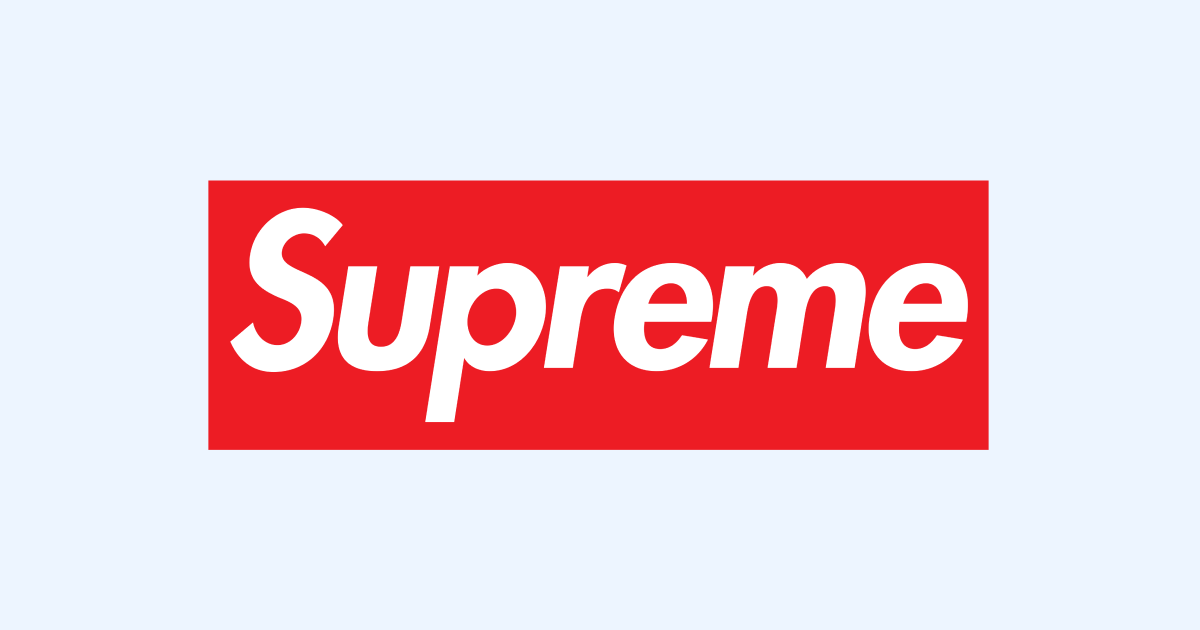The following are the notes that I took (and some reflection) on a fascinating report from HYPEBEAST and Strategy& (a division of PwC).
It’s an analysis of the streetwear space, which admittedly isn’t relevant to everyone. Still, I think it has profound utility for understanding how exclusivity and demand act as forces on consumer perception.
The report is broken up into a few parts:
- 001 Defining Streetwear
- 002 Measuring Streetwear
- 003 How Streetwear Talks
- 004 How Streetwear Sells
Interviews and summaries are interspersed between as connective tissue and to recap and underscore the primary findings.
The research methods used to construct the report were consumer (40,960 respondents) and industry (763 respondents) surveys.
Notes on demography:
- Consumers
- 80.7% male
- 59% were from Asia (largest cohort: Korean)
- 33.9% age 16-20, 28.9% 21-25
- Industry
- 36% were “Original SW brand”, 34.73% were “Adopted streetwear”
- Largest cohort: high street fashion
Notes
Streetwear is defined as fashionable casual clothes. T-shirts, hoodies, sneakers. It can be seen as a response to broader fashion trends and has roots in many countercultural movements: skate, surf, and hip-hop being primary.
Streetwear is not a trend within fashion but a fashion component of a larger cultural idea.
Streetwear subverted the luxury fashion model, which is primarily reliant on exclusivity and cultural status, derived from high price points. In streetwear, exclusivity comes from “know-how” — as many consumers aren’t aware of popular streetwear brands or stores.
Additionally, streetwear opened up a demographic of young men who traditionally weren’t “allowed” culturally to engage with fashion.
Pioneers of the movement include Supreme and STÜSSY, and many brands sprang up on the coasts. In Japan, Nigo and Hiroshi Fujiwara helped define the street style in the 1980s. “Like other major cultural movements, streetwear quickly rose simultaneously in major cities and regions throughout the globe.”
Streetwear brands operate through “almost cult-like” relationships with their consumers. This is in stark contrast (a real disruption) of the model for the broader fashion industry — which has largely struggled with direct-to-consumer sales.
The most popular products can only be purchased through a “drops” model, which leverages scarcity and limited production to create high demand. As a result, products often sell out very quickly, and a booming secondhand market has developed.
The resell market is integral to how streetwear works, as it serves as a metric for a brand’s success.
Most fashion brands traditionally released collections all at once, but streetwear relies on “piecing out” products in a steady stream of consistent releases.
Streetwear brands operate with a scarcity driven model: leverage drops and keep supply strictly below demand, which produces high sell-through, encourages the secondary market, and creates more initial demand for new drops.
For example, Sneakers are high demand items that are timeless and season-less, which is again in direct contrast to the larger seasonal and cyclical fashion industry.
“The ultimate driving force behind streetwear is its spirit.” Its consumers do not have unlimited money, but they have a desire for exclusivity and authenticity.
The typical streetwear consumer is young, vocal on social media, and discerning. They can spot inauthentic attempts to tap into their culture and are very vocal about sharing the opinions. This is another place where streetwear has upended the traditional fashion model, which operates on a top-down gatekeeper orientation. In streetwear, consumers set the trends.
There are four key segments of the streetwear industry:
- Original streetwear brands with accessible price points, comfortable clothing, and authenticity (Supreme, BAPE, Stussy)
- Sportswear brands (Nike), primarily selling sneakers to the market
- Adopted streetwear brands who have incorporated streetwear trends and styles into their line
- Luxury streetwear brands (Off-White)
Relatively low retail prices allow a wide range of consumers to buy the products, and the high demand feeds into the resale market. You’re lucky to score a drop for retail, and you always have the opportunity to pay significantly more for an item if you want it.
To illustrate the resell market impact: Most Supreme shirts retail for $38-48, but the Supreme box logo crewnecks (originally priced at $158) resell for a minimum of $500.
Insights:
- 1/2 of consumers reported they are willing to wait in line for a product release
- 2/3 of industry respondents reported drops are essential to their company strategy
- Primary reasons consumers reported liking streetwear: cool, comfortable clothing, exclusivity, community, and status symbol.
- 70% of consumers reported income of $40,000 or less
- $100-$300 is the sweet spot for pricing items
- 62% reported sneakers as the most likely purchase (ahead of tops and accessories)
- 2/3 of consumers reported brand activism as being very important
- Consumers consider musicians the most credible figures in the industry
- Almost half of the industry respondents said their customers average monthly spend was $100-$500 (in line with what consumers reported)
- 45% of consumers reported purchasing streetwear items once per month
- Industry respondents reported hoodies, t-shirts, and footwear to be best selling products
- 96% of consumers cited Instagram as the most important channel (followed by 42% Youtube, 16% forums)

